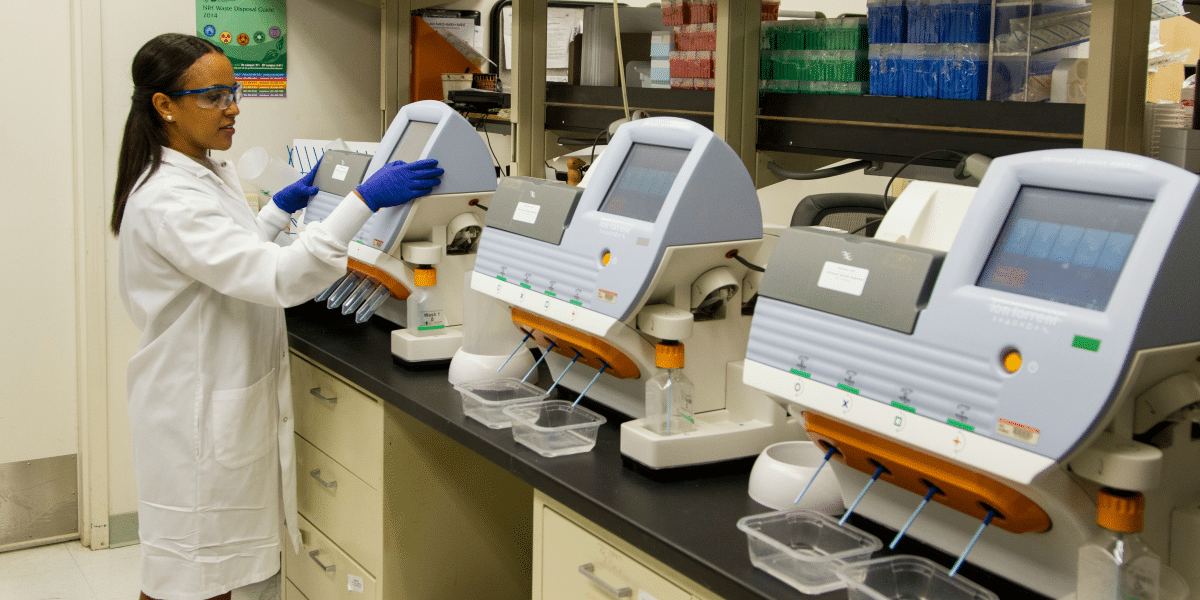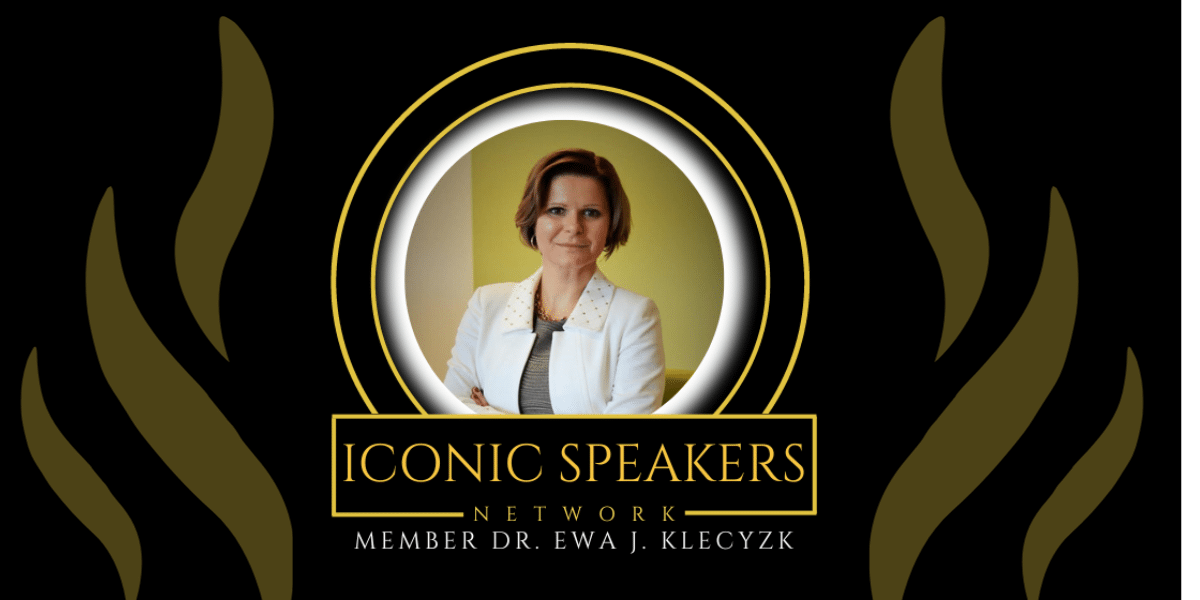Creating Vibrant Communities: Integrating Workforce Housing into Mixed-Use Centers
In the realm of urban planning and development, the concept of creating vibrant, inclusive communities is gaining momentum. One innovative approach to achieving this goal is through the integration of workforce housing into master-planned, mixed-use commercial centers. This intersection of residential and commercial spaces not only fosters economic vitality but also promotes social cohesion and a sense of belonging among residents and workers alike.
The Vision of Mixed-Use Development
At the heart of mixed-use development lies the vision of creating dynamic urban environments where people can live, work, and play seamlessly. Traditionally, these projects combine residential, commercial, and recreational spaces within a single neighborhood or district. However, recent trends have seen a shift towards incorporating workforce housing – affordable housing options designed for individuals and families with moderate incomes – into the fabric of these communities.
The Benefits of Workforce Housing Integration
Integrating workforce housing into mixed-use centers offers a multitude of benefits for both residents and the broader community. For starters, it addresses the pressing need for affordable housing in urban areas, where skyrocketing housing costs often outpace income growth. By providing housing options that are accessible to a diverse range of income levels, these developments promote socioeconomic diversity and prevent the displacement of lower-income residents.
Moreover, workforce housing integration fosters a sense of inclusivity and belonging within the community. When people of different backgrounds, occupations, and income levels live in close proximity, it creates opportunities for social interaction, collaboration, and mutual support. This sense of community strengthens social ties, reduces isolation, and promotes a shared sense of responsibility for the well-being of the neighborhood.
The Role of Master-Planned Design
Central to the success of integrating workforce housing into mixed-use centers is thoughtful master planning. Master planners play a crucial role in designing communities that are not only aesthetically pleasing but also functional, sustainable, and socially equitable. By strategically locating housing units near commercial and recreational amenities, master planners can enhance residents’ quality of life and encourage active engagement with their surroundings.
Additionally, master-planned design facilitates the creation of walkable, transit-oriented neighborhoods, reducing reliance on cars and promoting sustainable modes of transportation.
This not only reduces traffic congestion and air pollution but also enhances the overall accessibility and connectivity of the community. Access to public transit and essential services further improves residents’ mobility and quality of life, particularly for those without access to private transportation.
Case Study: The Role of David Rocker in Community Development
One notable example of successful workforce housing integration is the work of David Rocker, a visionary leader in urban development. Through his firm, Rocker Group, LLC, Rocker has played a pivotal role in shaping vibrant, inclusive communities across Atlanta and beyond. By championing the integration of workforce housing into mixed-use centers, Rocker has demonstrated a commitment to creating sustainable, equitable urban environments that prioritize the needs of all residents.
Rocker’s approach emphasizes collaboration between developers, policymakers, community stakeholders, and residents to ensure that housing projects meet the diverse needs of the community. By engaging in proactive outreach and meaningful dialogue, Rocker fosters trust, transparency, and inclusivity throughout the development process. This inclusive approach not only enhances the quality and affordability of housing options but also strengthens social cohesion and civic engagement within the community.
The Future of Community Development
As cities continue to grapple with the challenges of rapid urbanization, housing affordability, and social inequality, the integration of workforce housing into mixed-use centers offers a promising solution. By creating vibrant, inclusive communities where people can live, work, and thrive together, these developments have the power to transform urban landscapes and improve quality of life for all residents. With visionary leaders like David Rocker at the helm, the future of community development is bright, equitable, and full of possibilities.
Published By: Aize Perez
















